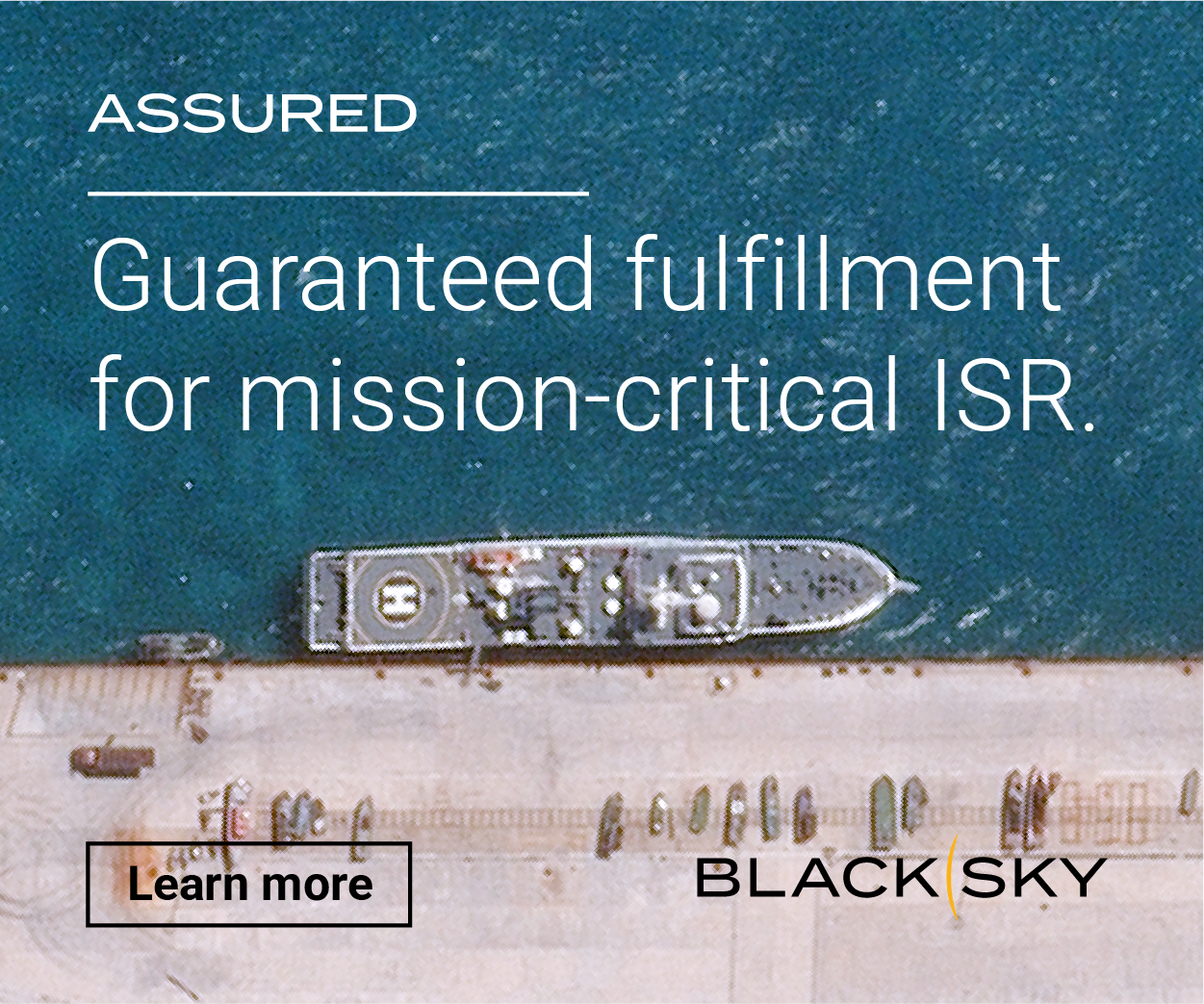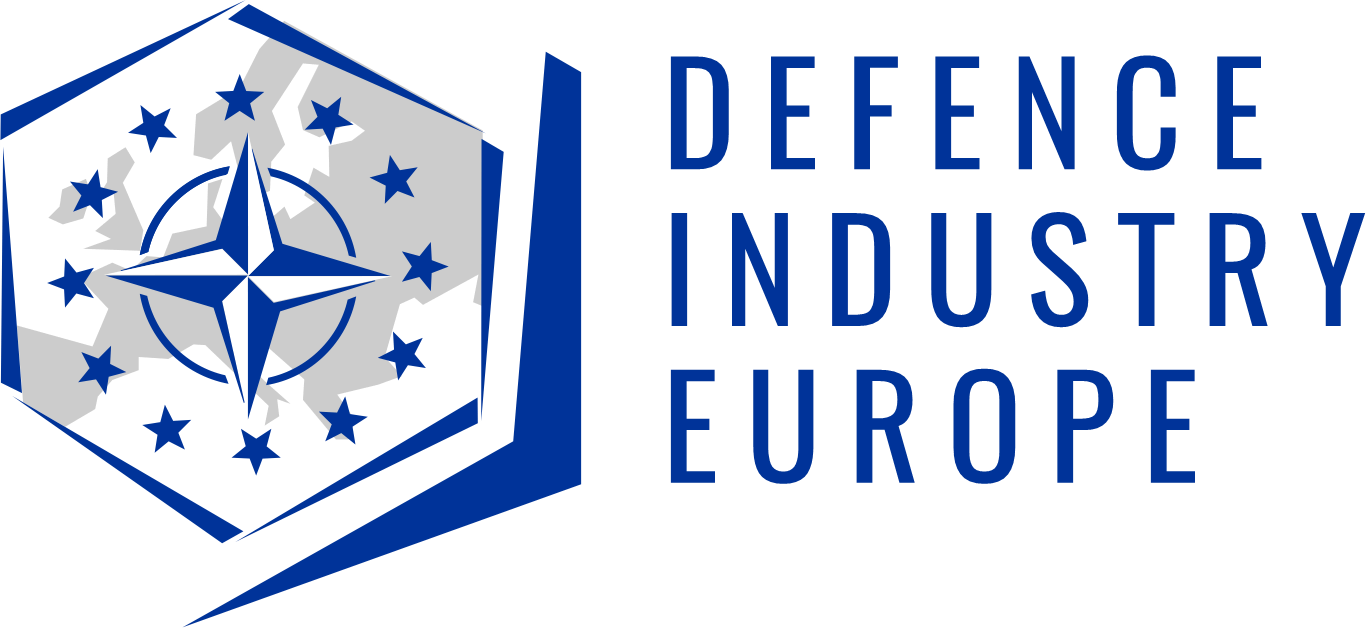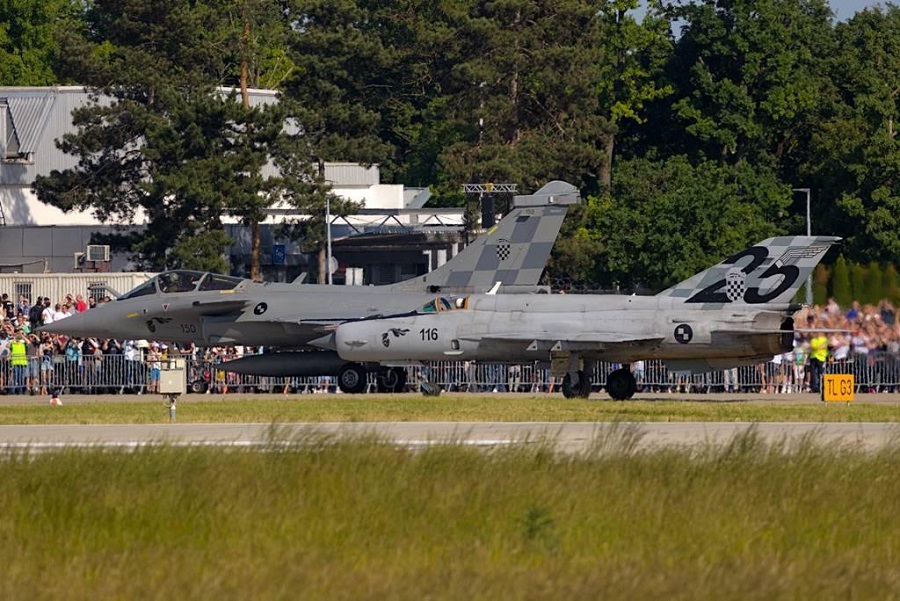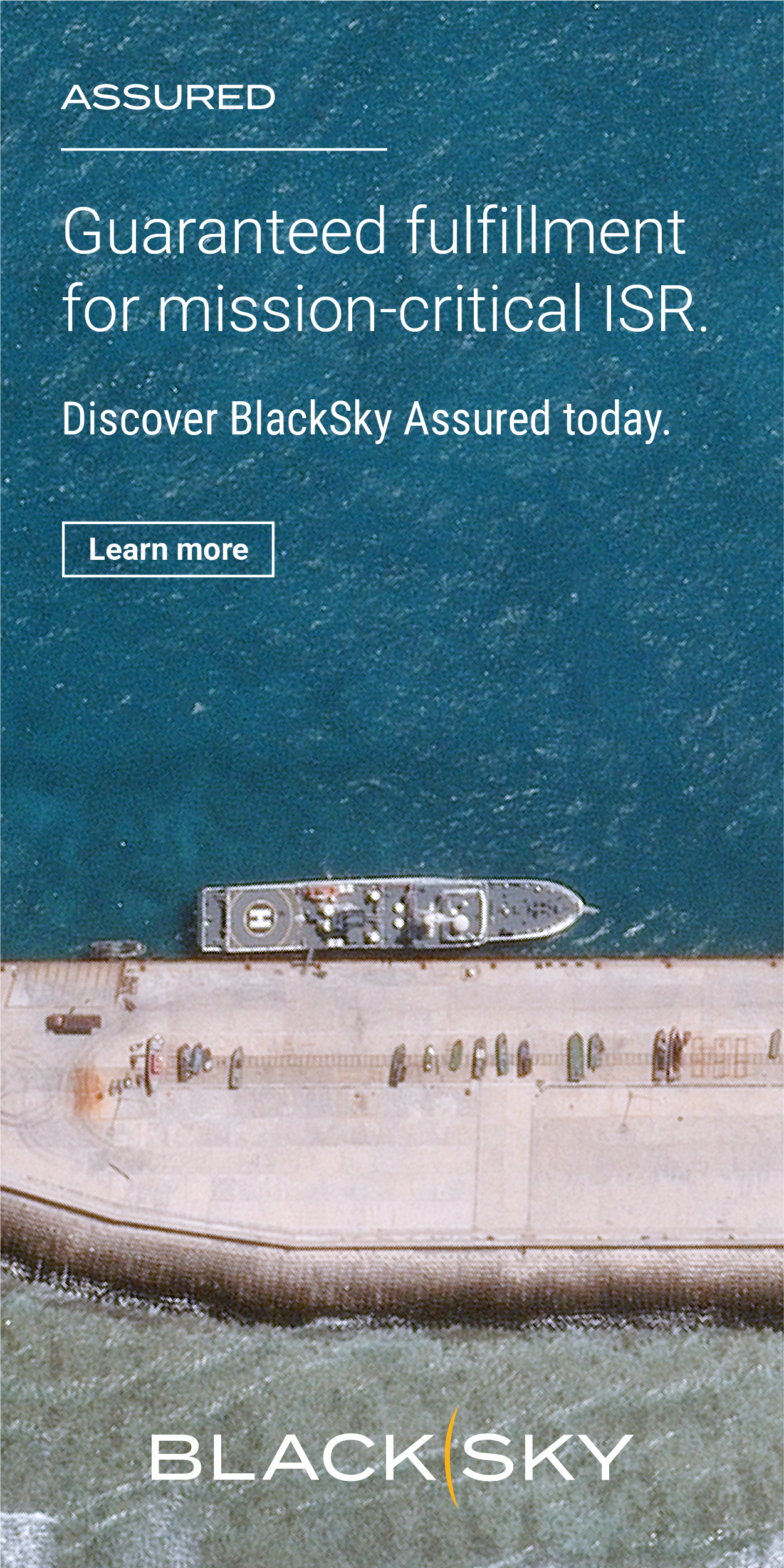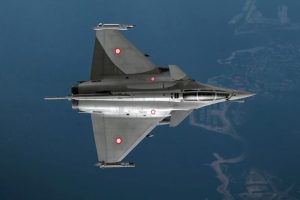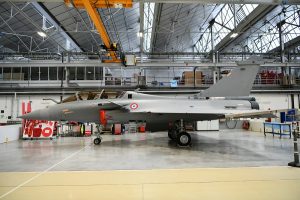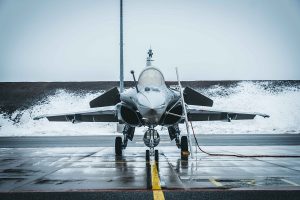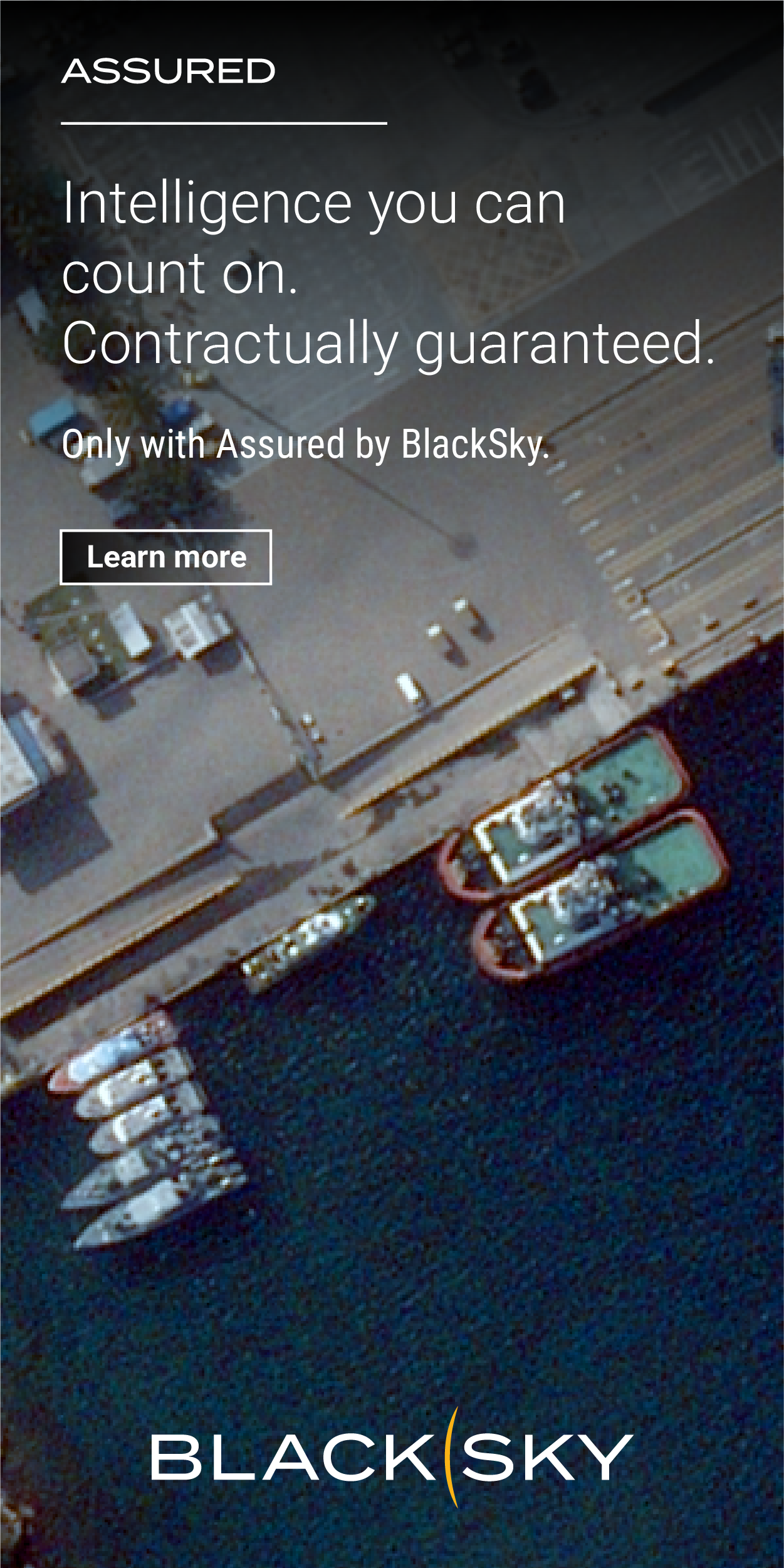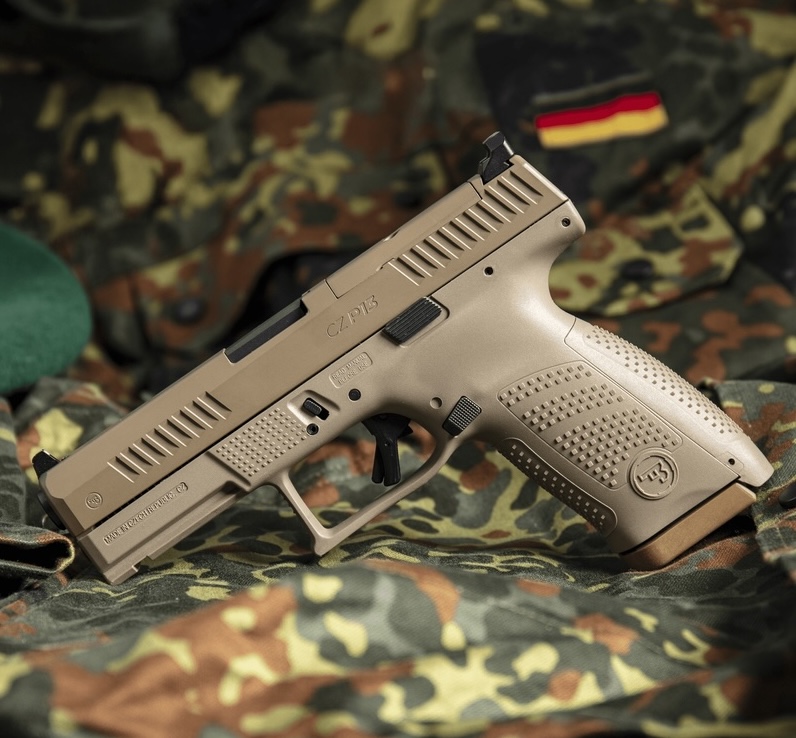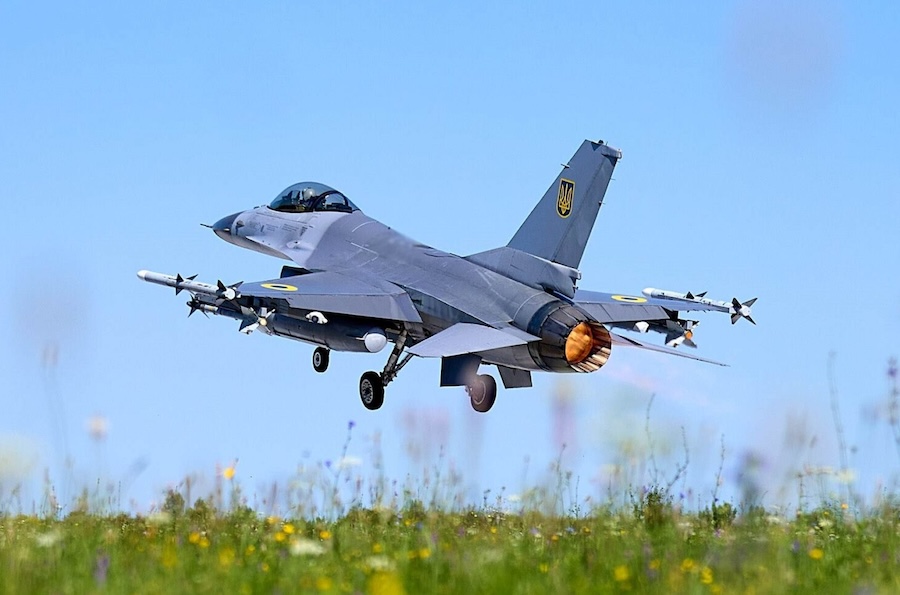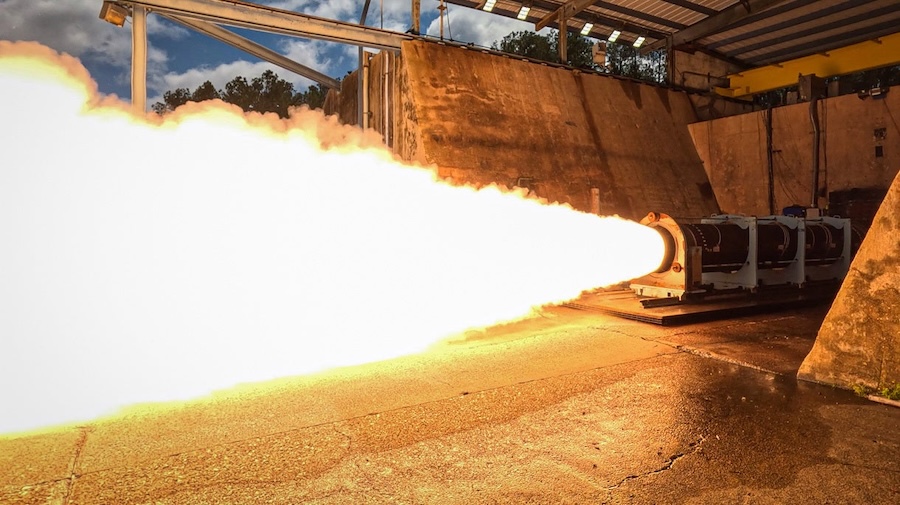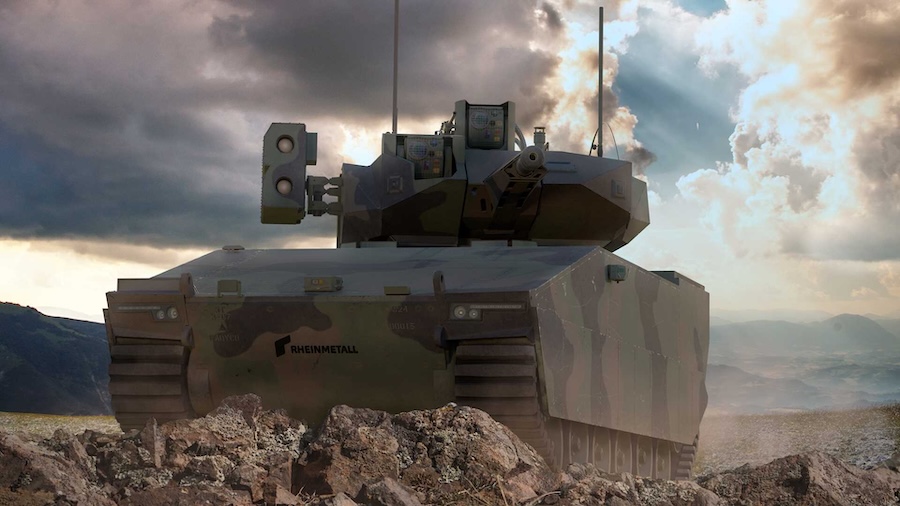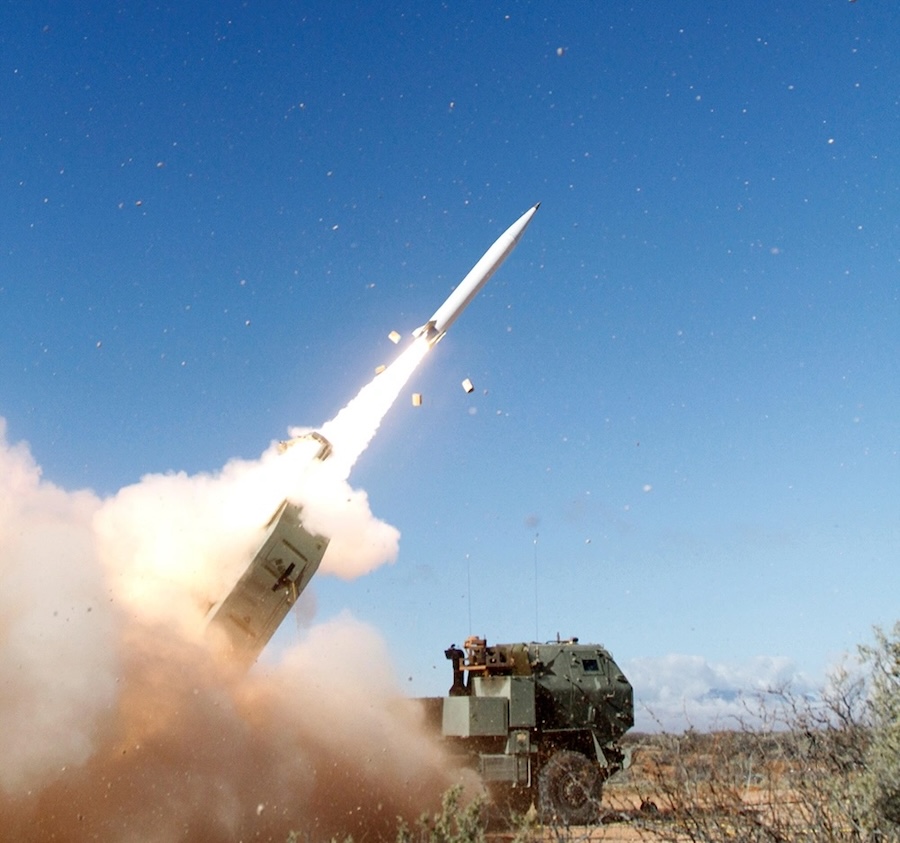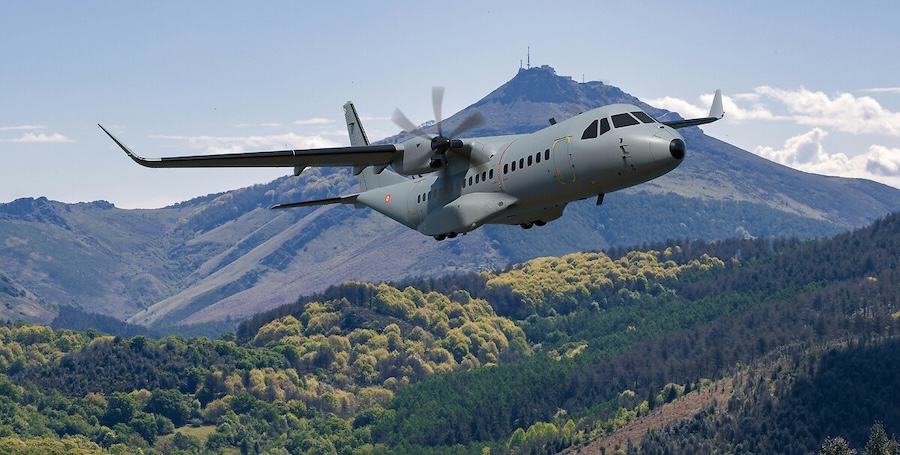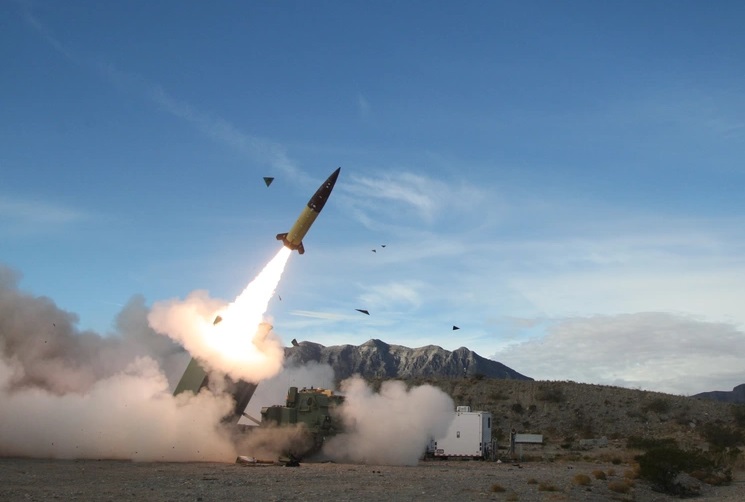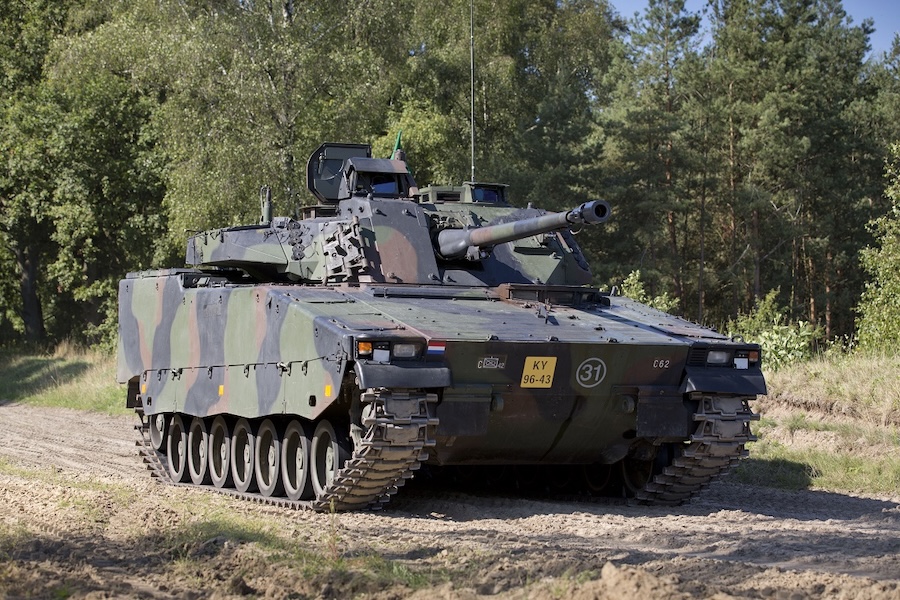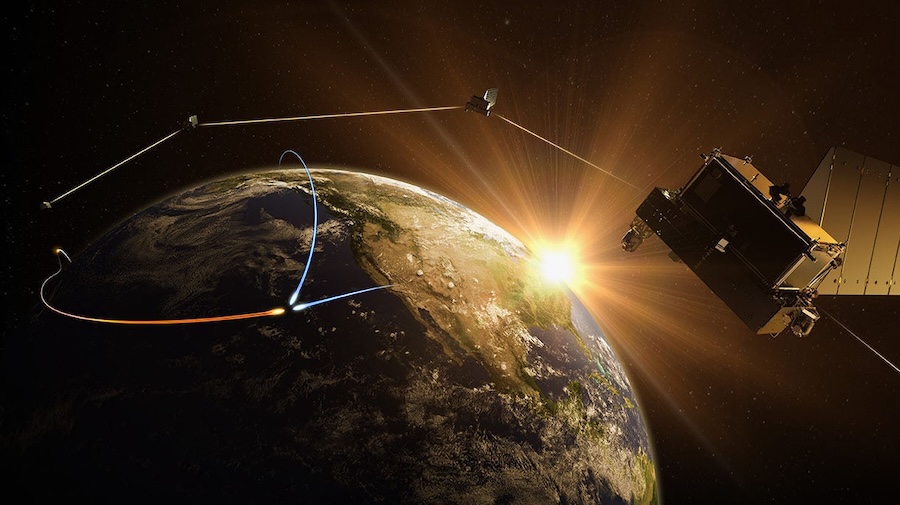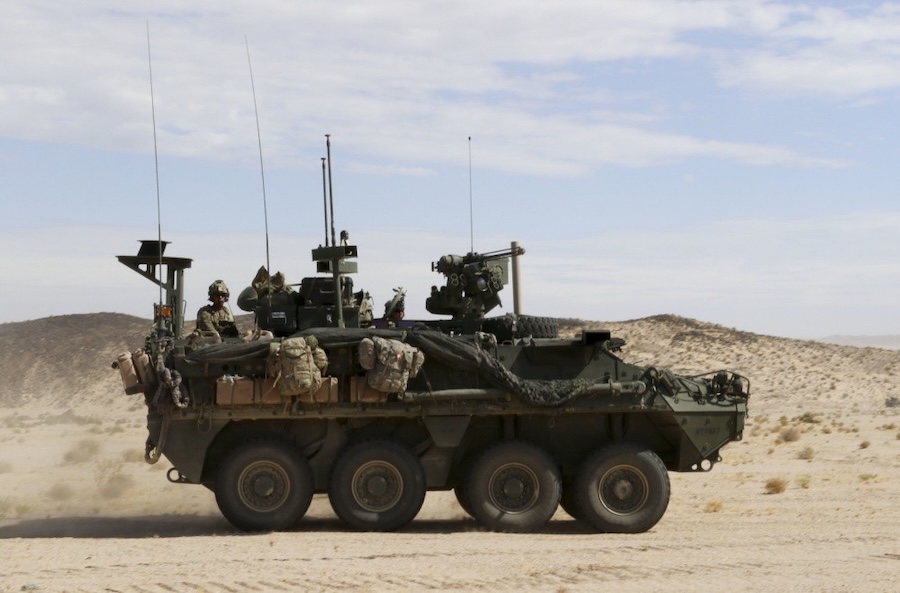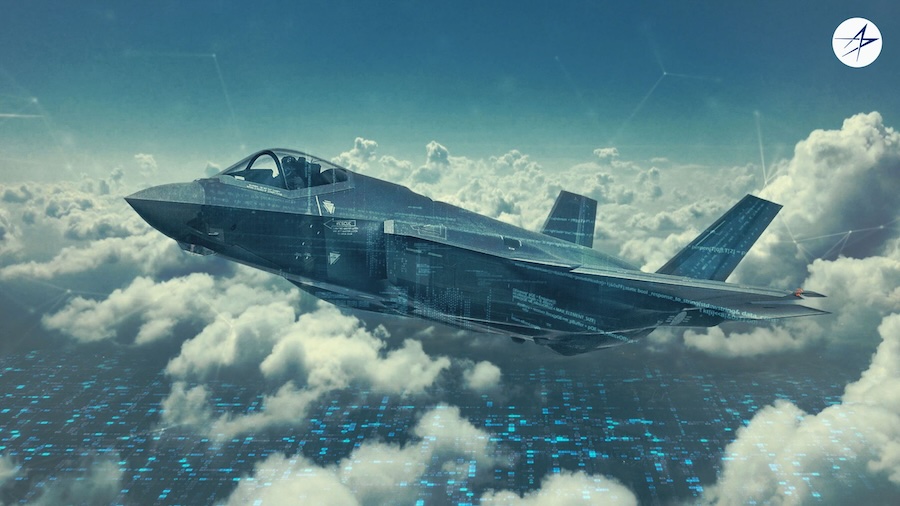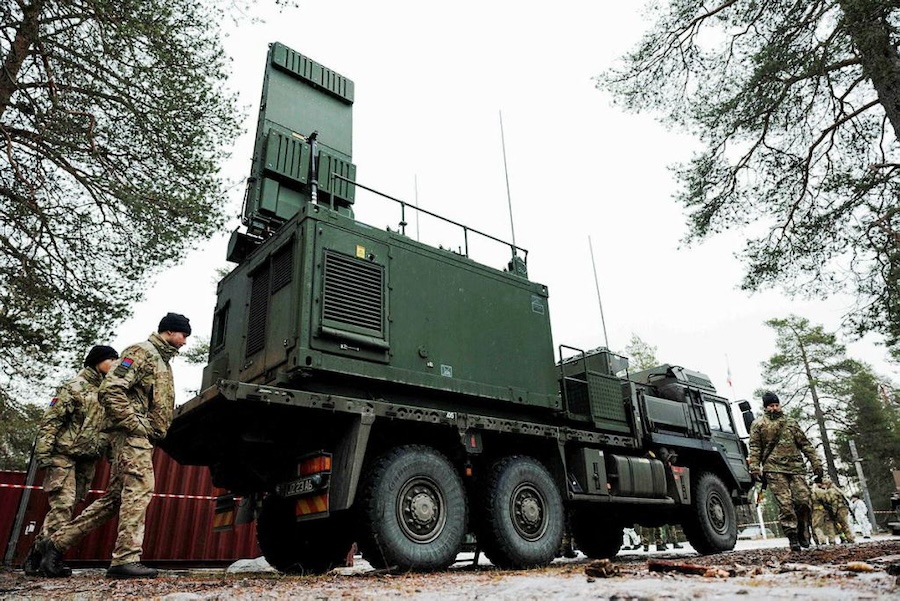The MiG-21, once a symbol of Croatia’s air power, holds an important place in the nation’s history. During the Croatian War of Independence (1991–1995), the MiG-21 played a pivotal role in establishing the country’s fledgling air force. Initially, Croatia had no formal air force, but the acquisition of several MiG-21s during the conflict allowed it to assert control over its airspace.
The MiG-21, designed by the Soviet Union’s Mikoyan-Gurevich Design Bureau, was a groundbreaking supersonic jet fighter. First introduced in 1959, it became the first successful fusion of fighter and interceptor capabilities. Widely produced and cost-effective, it was a mainstay for Warsaw Pact nations during the Cold War and proved capable of engaging Western aircraft.
The Rafale programme represents a modernisation effort that brings Croatia’s air capabilities in line with its NATO commitments. Known for its versatility, the Rafale is a twin-engine multirole fighter capable of handling air superiority, ground attack, and reconnaissance missions. It is expected to significantly enhance Croatia’s ability to contribute to NATO’s collective defence initiatives.
This transition reflects Croatia’s commitment to modernising its military infrastructure and maintaining its relevance within the alliance. The arrival of the Rafale jets underscores the country’s progress from its Cold War-era equipment to a fully NATO-compatible air force, ready to face contemporary security challenges.
Source: Allied Air Command Public Affairs Office.

